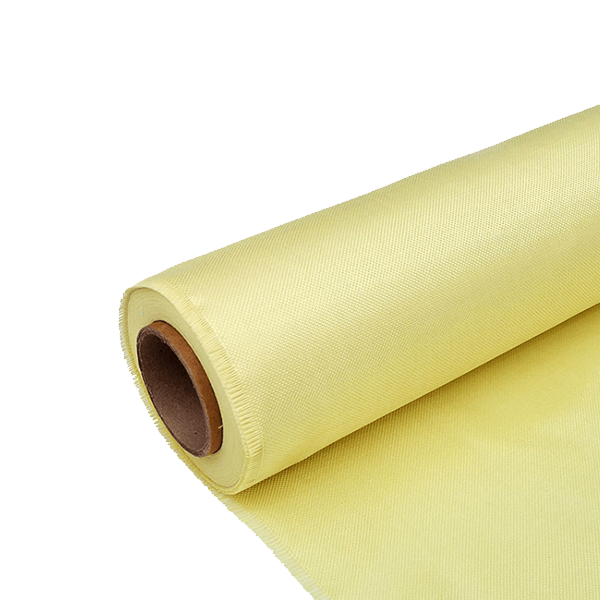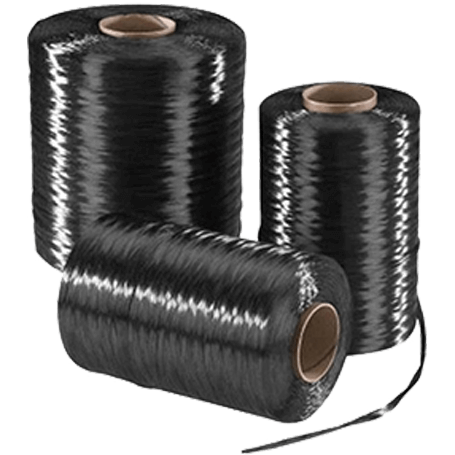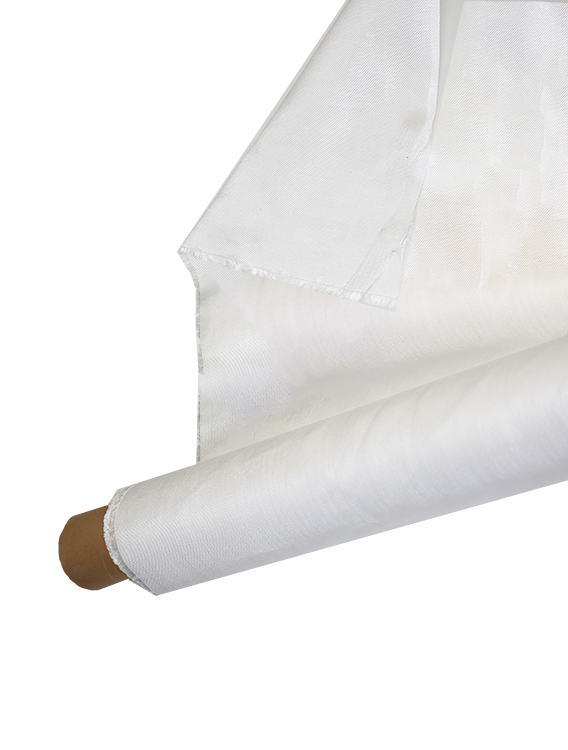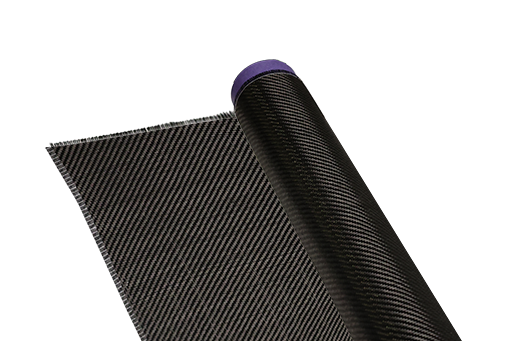Large-Scale Carbon Fiber Plants Expanding in Europe
-
Table of Contents
“Revolutionizing Sustainability: Europe’s Carbon Fiber Plants Paving the Way for a Greener Future.”
Large-scale carbon fiber plants are rapidly expanding across Europe, driven by the increasing demand for lightweight, high-strength materials in various industries, including automotive, aerospace, and renewable energy. This expansion is fueled by advancements in production technologies, a growing emphasis on sustainability, and the European Union’s commitment to reducing carbon emissions. As manufacturers seek to enhance their competitive edge and meet stringent environmental regulations, the establishment of these plants is set to bolster local economies, create jobs, and position Europe as a leader in the global carbon fiber market. The strategic development of these facilities not only supports innovation but also aligns with the continent’s broader goals of achieving a circular economy and promoting green technologies.
Economic Impact of Large-Scale Carbon Fiber Plants in Europe
The expansion of large-scale carbon fiber plants in Europe is poised to have a significant economic impact across various sectors. As industries increasingly seek lightweight and high-strength materials to enhance performance and efficiency, carbon fiber has emerged as a critical component in sectors such as automotive, aerospace, and renewable energy. The establishment of these plants not only promises to meet the growing demand for carbon fiber but also stimulates local economies through job creation, technological advancement, and increased competitiveness.
Firstly, the creation of large-scale carbon fiber manufacturing facilities directly contributes to job creation. These plants require a diverse workforce, ranging from skilled engineers and technicians to production line workers. As a result, local communities can expect an influx of employment opportunities, which can lead to a reduction in unemployment rates and an increase in disposable income. Moreover, the presence of these facilities often encourages the development of ancillary businesses, such as suppliers and service providers, further amplifying the positive economic effects. This ripple effect can enhance the overall economic landscape of the regions where these plants are established.
In addition to job creation, the expansion of carbon fiber production facilities fosters technological innovation. As companies invest in advanced manufacturing processes and research and development, they contribute to the advancement of materials science and engineering. This innovation not only enhances the quality and efficiency of carbon fiber production but also positions Europe as a leader in the global materials market. By fostering a culture of research and development, these plants can attract investment from both domestic and international stakeholders, further solidifying Europe’s status as a hub for cutting-edge technology.
Furthermore, the establishment of large-scale carbon fiber plants enhances the competitiveness of European industries on a global scale. As carbon fiber becomes increasingly integral to various applications, the ability to produce it locally allows European manufacturers to reduce reliance on imports, thereby mitigating supply chain vulnerabilities. This self-sufficiency can lead to more stable pricing and availability of carbon fiber, which is crucial for industries that depend on this material for their products. Consequently, European companies can improve their market position, offering innovative solutions that meet the demands of consumers while maintaining cost-effectiveness.
Moreover, the environmental benefits associated with carbon fiber production cannot be overlooked. As industries strive to reduce their carbon footprints, the lightweight nature of carbon fiber contributes to improved fuel efficiency in transportation and reduced energy consumption in various applications. The expansion of carbon fiber plants aligns with Europe’s broader sustainability goals, promoting the transition to greener technologies. This alignment not only enhances the reputation of European industries but also attracts environmentally conscious consumers and investors, further driving economic growth.
In conclusion, the expansion of large-scale carbon fiber plants in Europe is set to yield substantial economic benefits. By creating jobs, fostering technological innovation, enhancing competitiveness, and promoting sustainability, these facilities play a crucial role in shaping the future of European industries. As the demand for carbon fiber continues to rise, the strategic investment in these plants will not only bolster local economies but also position Europe as a leader in the global materials market. The interconnectedness of these factors underscores the importance of supporting the growth of carbon fiber production, as it represents a significant opportunity for economic advancement and environmental stewardship in the region.
Technological Innovations Driving Carbon Fiber Production Expansion
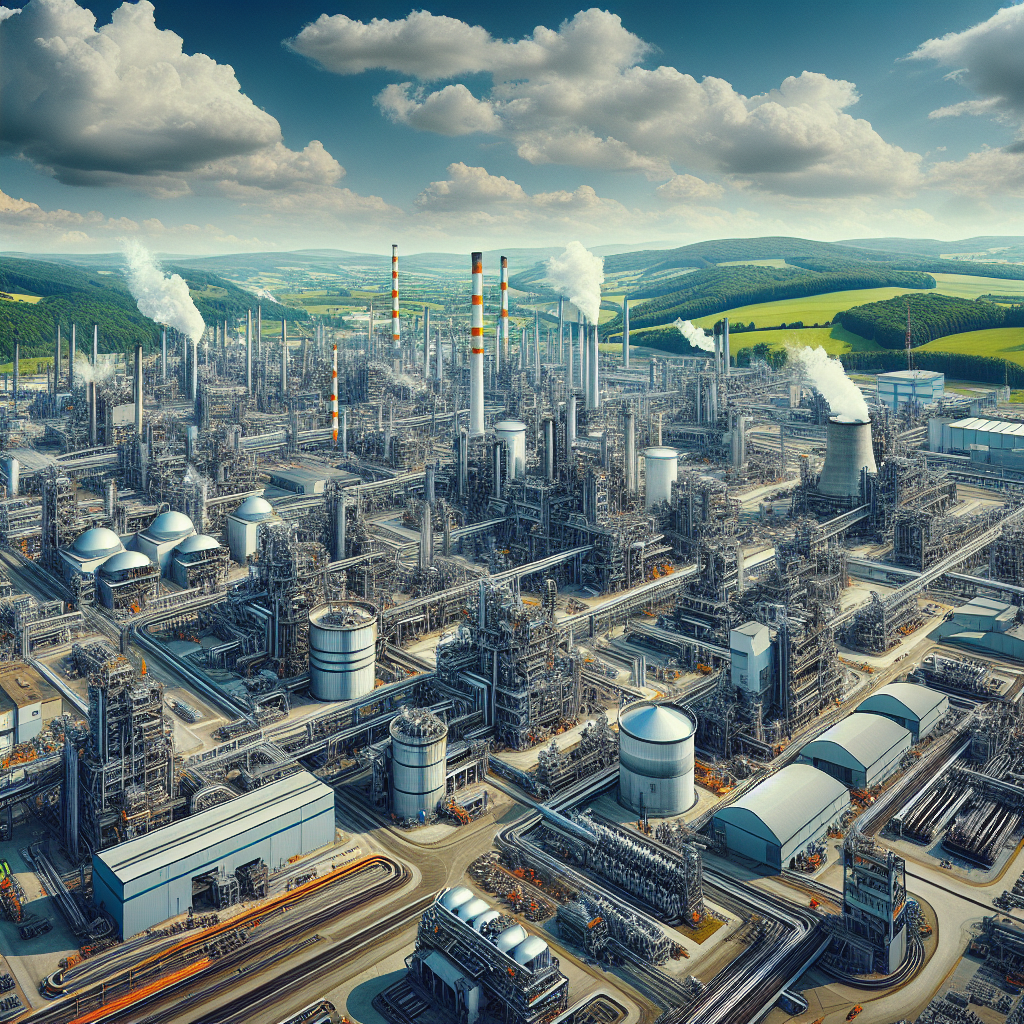
The expansion of large-scale carbon fiber plants in Europe is significantly influenced by a series of technological innovations that are reshaping the landscape of carbon fiber production. As industries increasingly seek lightweight and high-strength materials to enhance performance and efficiency, advancements in manufacturing processes and material science are playing a pivotal role in meeting this demand. One of the most notable innovations is the development of advanced precursor materials, which serve as the foundation for carbon fiber production. Traditionally, polyacrylonitrile (PAN) has been the primary precursor, but recent breakthroughs have introduced alternative materials that not only reduce production costs but also improve the overall quality of the final product. These new precursors can enhance the mechanical properties of carbon fibers, making them even more appealing for applications in aerospace, automotive, and renewable energy sectors.
In addition to advancements in precursor materials, the implementation of automation and digital technologies in manufacturing processes is revolutionizing carbon fiber production. The integration of robotics and artificial intelligence into production lines allows for greater precision and efficiency, reducing waste and increasing output. For instance, automated weaving and curing processes enable manufacturers to produce complex carbon fiber structures with minimal human intervention, thereby accelerating production timelines and lowering labor costs. Furthermore, the use of data analytics and machine learning algorithms facilitates real-time monitoring and optimization of production parameters, ensuring consistent quality and performance of the carbon fibers produced.
Moreover, the development of innovative recycling technologies is also contributing to the expansion of carbon fiber plants in Europe. As sustainability becomes a critical focus for industries worldwide, the ability to recycle carbon fiber composites is gaining traction. New methods for reclaiming carbon fibers from end-of-life products not only reduce environmental impact but also provide a sustainable source of raw materials for new production. This circular economy approach is particularly appealing to manufacturers looking to enhance their sustainability credentials while maintaining competitive pricing. By investing in recycling technologies, European carbon fiber producers are positioning themselves as leaders in sustainable manufacturing practices, which is increasingly becoming a key differentiator in the market.
In parallel, advancements in composite manufacturing techniques, such as additive manufacturing and resin transfer molding, are further driving the expansion of carbon fiber production facilities. These techniques allow for the creation of complex geometries and tailored material properties, which are essential for meeting the specific requirements of various applications. For example, additive manufacturing enables the production of lightweight components with intricate designs that were previously impossible to achieve with traditional methods. As a result, industries are increasingly adopting carbon fiber composites for applications ranging from high-performance sports equipment to critical aerospace components.
As these technological innovations continue to evolve, they are not only enhancing the capabilities of carbon fiber production but also fostering collaboration among industry stakeholders. Research institutions, manufacturers, and technology providers are increasingly working together to develop new solutions that address the challenges faced by the carbon fiber industry. This collaborative approach is essential for driving further advancements and ensuring that European carbon fiber plants remain competitive on a global scale.
In conclusion, the expansion of large-scale carbon fiber plants in Europe is being propelled by a confluence of technological innovations that enhance production efficiency, sustainability, and material performance. As these advancements continue to unfold, they promise to redefine the future of carbon fiber manufacturing, positioning Europe as a key player in the global market for advanced materials.
Environmental Considerations of Carbon Fiber Manufacturing in Europe
The expansion of large-scale carbon fiber plants in Europe has garnered significant attention, particularly in light of the environmental considerations associated with carbon fiber manufacturing. As the demand for lightweight, high-strength materials continues to rise, particularly in industries such as automotive and aerospace, the environmental impact of producing these materials has become a focal point for both manufacturers and regulators. The production of carbon fiber is energy-intensive and involves the use of various chemicals, which raises concerns about emissions and waste management.
To begin with, the energy consumption associated with carbon fiber manufacturing is substantial. The process typically requires high temperatures and significant energy input, often derived from fossil fuels. This reliance on non-renewable energy sources contributes to greenhouse gas emissions, which are a primary driver of climate change. However, many European manufacturers are increasingly aware of these challenges and are actively seeking ways to mitigate their carbon footprint. For instance, some companies are investing in renewable energy sources, such as wind and solar power, to reduce their reliance on fossil fuels. By transitioning to cleaner energy, these manufacturers not only lower their emissions but also align with the European Union’s ambitious climate goals.
Moreover, the use of chemicals in the production process poses additional environmental risks. The precursor materials for carbon fiber, such as polyacrylonitrile (PAN), require careful handling and disposal to prevent contamination of air and water resources. In response to these concerns, regulatory frameworks within Europe are becoming more stringent, pushing manufacturers to adopt safer practices and invest in technologies that minimize chemical waste. For example, closed-loop systems are being developed to recycle solvents and other chemicals used in the production process, thereby reducing the overall environmental impact.
In addition to energy consumption and chemical management, the lifecycle of carbon fiber products also warrants consideration. While carbon fiber is known for its durability and lightweight properties, which can lead to reduced emissions during the use phase of products, the end-of-life disposal of carbon fiber composites presents challenges. Traditional recycling methods for carbon fiber are still in their infancy, and many products end up in landfills. However, innovative recycling technologies are emerging, offering promising solutions for reclaiming carbon fiber from composite materials. These advancements not only help reduce waste but also contribute to a circular economy, where materials are reused and repurposed rather than discarded.
Furthermore, the European market is increasingly prioritizing sustainability, with consumers and businesses alike demanding environmentally friendly products. This shift in consumer behavior is prompting manufacturers to adopt more sustainable practices throughout their supply chains. For instance, sourcing raw materials from sustainable suppliers and implementing eco-design principles can significantly enhance the environmental profile of carbon fiber products. As a result, companies that prioritize sustainability are likely to gain a competitive edge in the market.
In conclusion, while the expansion of large-scale carbon fiber plants in Europe presents various environmental challenges, it also offers opportunities for innovation and improvement. By embracing renewable energy, enhancing chemical management practices, and developing recycling technologies, manufacturers can significantly reduce their environmental impact. As the industry evolves, the commitment to sustainability will not only benefit the environment but also align with the growing demand for responsible manufacturing practices. Ultimately, the future of carbon fiber production in Europe will depend on the ability of manufacturers to balance economic growth with environmental stewardship, ensuring that the benefits of this advanced material are realized without compromising the health of our planet.
Q&A
1. **Question:** What is driving the expansion of large-scale carbon fiber plants in Europe?
**Answer:** The expansion is primarily driven by the increasing demand for lightweight materials in industries such as automotive, aerospace, and renewable energy, as well as the push for sustainability and reduced carbon emissions.
2. **Question:** Which countries in Europe are leading the development of carbon fiber manufacturing facilities?
**Answer:** Countries like Germany, France, and the United Kingdom are leading the development of carbon fiber manufacturing facilities, supported by government initiatives and investments in advanced materials technology.
3. **Question:** What are the expected benefits of expanding carbon fiber production in Europe?
**Answer:** The expected benefits include enhanced local supply chains, job creation, reduced reliance on imports, and advancements in technology that can lead to more efficient and sustainable manufacturing processes.The expansion of large-scale carbon fiber plants in Europe signifies a strategic move towards enhancing the region’s manufacturing capabilities, supporting the growth of industries such as aerospace, automotive, and renewable energy. This development is expected to drive innovation, reduce production costs, and improve supply chain resilience, ultimately contributing to Europe’s sustainability goals and economic growth. As demand for lightweight, high-strength materials increases, these plants will play a crucial role in meeting both current and future market needs.

